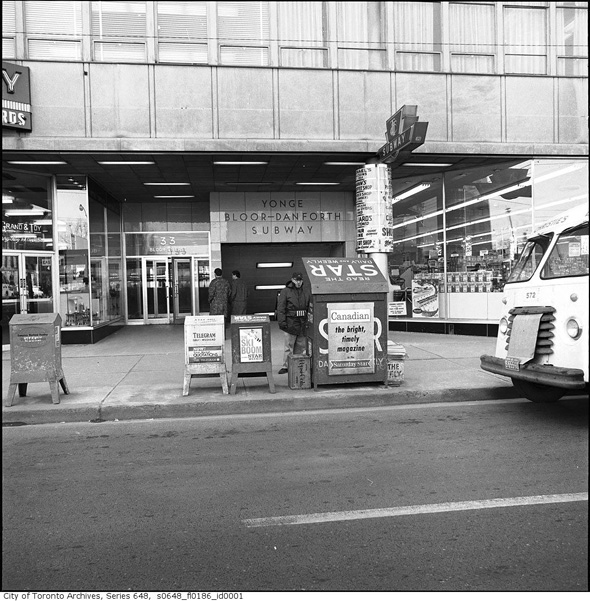LNahid2000
Senior Member
The official PATH map includes the Queen Quay LRT.If you're gonna have the Queens Quay LRT (red line) on the map, might as well include the 510 Spadina. But in my opinion, both are irrelevant.
The official PATH map includes the Queen Quay LRT.If you're gonna have the Queens Quay LRT (red line) on the map, might as well include the 510 Spadina. But in my opinion, both are irrelevant.
Agreed, I think a basic rule is that a PATH route is public (and not through paid areas of subways stations) and is fully indoors and it needs to be more than just a couple of 'isolated' buildings linked by a passageway.
That is true but I think it is the start of a slippery slope to confusing things by adding more (or any) external paths. They show no 'external connections" between atrium on Bay and College Park but, of course, one can walk outside between them.I don't think that the indoors part is true. The official path map legend shows that square dotted sections are future connections and round dotted sections are outdoor paths.
Union Station is an important building so of course it would be included as part of the PATH. Also, before all this Union Station construction started, you could get to Union Station without going outside via the Royal York Hotel. This connection was actually the first PATH connection ever built. 110 Bloor St. W is just a random building, so it shouldn't be included. If it was included, there are many other buildings we could include which are a short walk from the PATH.Union Station has long had a couple of outdoor connections (which will finally be made internal in the next year or so) and it has always been considered to be part of the PATH. The covered outdoor connection to 110 Bloor West is much shorter. To my mind there's no reason it shouldn't be included.
42
WislaHD: Other comments on your map:
1. There's a direct connection to OISE at St. George Station.
2. There is a tunnel into the Queen's Park office complex at Queen's Park station. That one will take some research.
3. There is a proposed PATH connection from the Atrium on Bay to the proposed development at 20 Edward Street.
4. You can make the line from the Air Canada Centre solid down to WaterPark Place and left into RBC WPP III.
42





